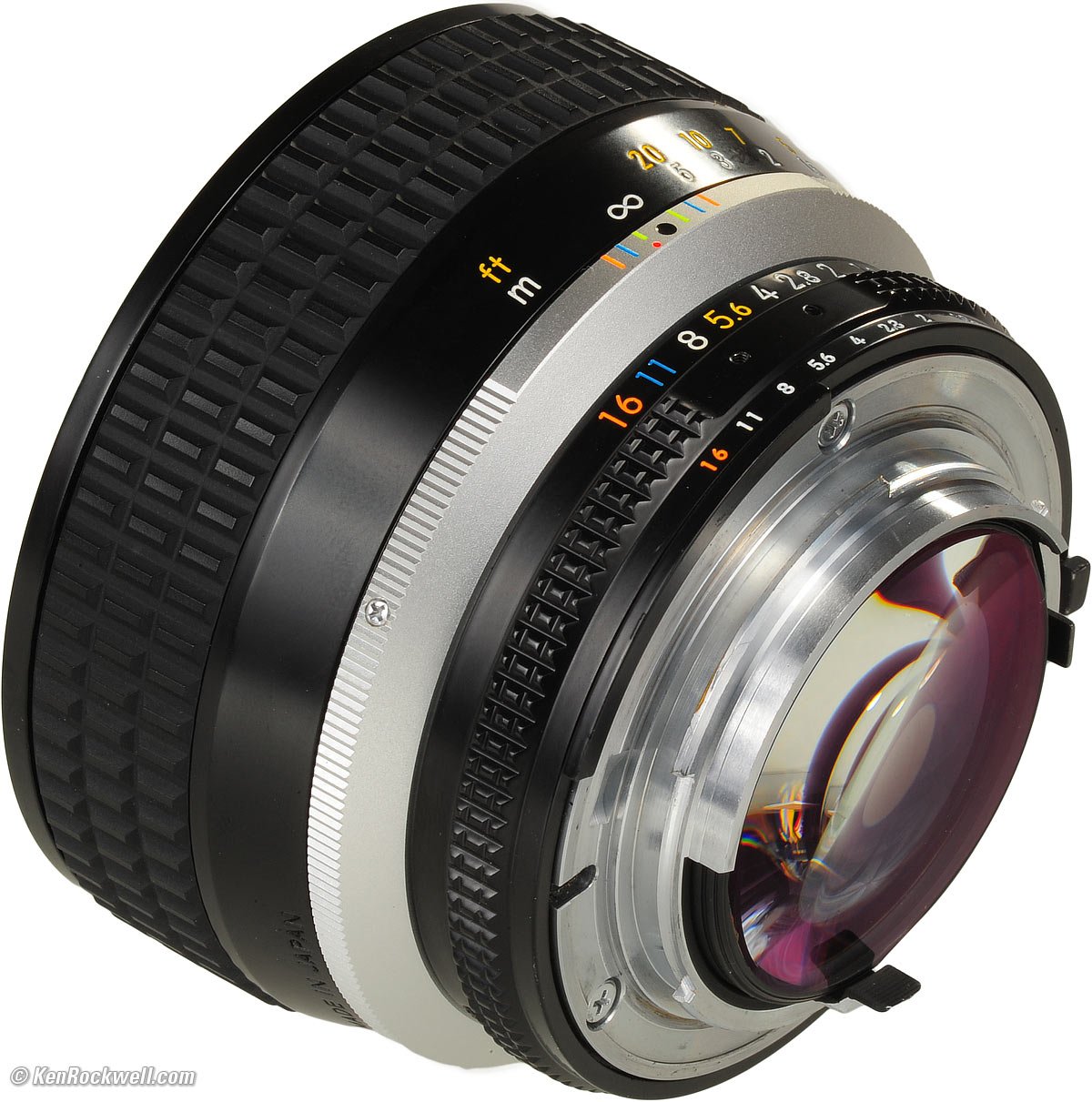Sporgon said:
1982chris911 said:
If it would be easy today I really think Nikon would have designed such lenses for use in Fashion/Portrait photography ... Canon did 4 already in the current EF mount : 50mm f1 50mm f1,2 85mm f1,2 85mm f1,2 II
Not necessarily. In cameras Nikon and Canon are under different pressures. Cameras are part of Canon whereas Nikon is part of Mitsubishi. Given the pressure on Nikon to perform for Mitsubishi I imagine they feel the return in f1.2 lenses isn't worth the development and manufacturing cost, so they are leaving Canon alone on that one. Similar situation with the 7DII too. It's this difference why (IMO) Nikon cameras are getting cheaper (in quality) when compared with Canon - Nikon are probably under more pressure to make more margin per unit.
For nikon's financial pressures, look at Thom Hogan's site. He does the best job at this. As for the D400: the reason is nikon wanted to move people up to nikon's FX formt. Clearly that didn't go so well. They'll make a D400. It is trivial for them. They simply misjudged anybody cared for DX. Again, Thom Hogan called them out often and he was right: some people still care for APSC. As to when, it is anybody's guess.
The days where f1.2 glass is needed for low light photography are long gone. That is why canon no longer bothers with f1.0 lenses: the quality you're going to get on today's sensors would not be acceptable at the price they can sell it to. The current optical quality at f1.2 is also dismal which is why you don't see Zeiss put out such a thing because merely doing f1.2 for marketing while it is a mess of CA and softness is pointless. The OTUS line, which run circles around any f1.2L or faster lens is a testament to the lack of value in f1.2 lenses: you're just not going to get quality there and the cost and weight will go up. Zeiss doesn't answer to nikon or canon. They just want to make the best glass at a price you can actually afford (being relative here). f1.2 just isn't a means to quality and its small advantages over lighter and cheaper f1.4 lenses just isn't an issue anymore, at least not for a mere 2/3 of a stop.
I don't know if canon will keep making f1.2 lenses or that nikon won't get around to it. It don't think it matters anymore with sensors as good as they are at high ISO and given the optical flaws of fast primes wide open are only going to be magnified by newer sensors. I'm guessing the decline in the DSLR market will push companies for more practical gear. Making a f/1.4 lens that performs at 50+MP will be more practical than one that does this at f/1.2. But who knows. The future of f1.0 and faster glass may be with mirrorless. Nikon already has a 1.2 prime for the 1 inch sensor. These are still practical as they can be made to perform given the smaller image circle they need to project.
Ultimately if Nikon or sony put out an f1.2 prime for full frame, I think it will be a heavy expensive niche lens.
Here is the technical explanation why there is only the old 50mm f1,2 and Nikon CANNOT really make a new one with AF - the back element of such a lens would be too big for the AF pins to fit into the body ... otherwise they would need a solution for this
They can solve it how canon did the 85 1.2, the AF contacts intrude in the back element. Or how canon did the 50 f1.0, where the contacts were even visible in bokeh white open.
Nikon can do this. The AF contacts aren't a problem for a mere 1.2 lens. They just have to do what canon has already done. I think they'd be more of an issue for a 1.0 lens, but again nobody makes those anymore due to their terrible performance wide open.
the intrusion of the contacts on the optical path of the rear element is exactly how canon solved this, and how nikon would.
the contacts would not be visible since they will be out of focus and the frame is rectangular, not square. It may yield for some funky artifacts for nikon depending on their geometries like they did on the canon f1.0
http://fstoppers.com/gear/ultimate-lens-bokeh-canon-50mm-f10-5059
notice the circles are clipped.
Not sure this still holds true when you add an AF module to the design...
AF module or not, same answer. It is just harder to do it but a 50 1.2 is perfectly possible if canon managed to work around the issue on the 50 1.0 and the 85 1.2. It isn't as if the problem hasn't been solved by canon already for more extreme cases where the EF mount was challenged.
here is the 50 1.0 notice how the contacts clearly get in the way
conclusion: nikon can make such a design at least for a 50 f1.2. Again, the practicality of f1.2 is questionable today. Unless nikon went for an OTUS approach, f1.2 is going to look as flawed as it does on the EF lenses. And given such lens would probably run 10K, who'd buy it?
lastly here is the 50 1.2 nikon
notice how there is still room in there to do what canon did. in fact keep in mind nikon also has an aperture arm in there which they get rid of with their E lenses, so it is even easier now as before they would also have had to make room for the aperture arm.



